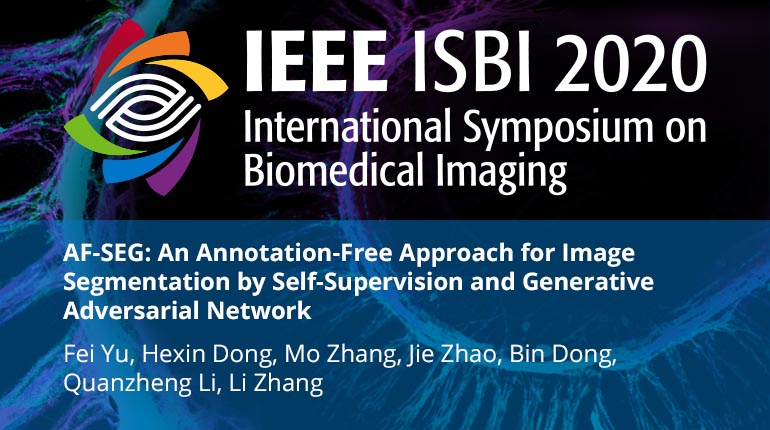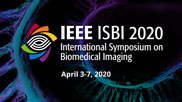Collection:

Traditional segmentation methods are annotation-free but usually produce unsatisfactory results. The latest leading deep learning methods improve the results but require expensive and time-consuming pixel-level manual annotations. In this work, we propose a novel method based on self-supervision and generative adversarial network (GAN), which has high performance and requires no manual annotations. First, we perform traditional segmentation methods to obtain coarse segmentation. Then, we use GAN to generate a synthetic image, on which the image foreground is pixel-to-pixel corresponding to the coarse segmentation. Finally, we train the segmentation model with the data pairs of synthetic images and coarse segmentations. We evaluate our method on two types of segmentation tasks, including red blood cell (RBC) segmentation on microscope images and vessel segmentation on digital subtraction angiographies (DSA). The results show that our annotation-free method provides a considerable improvement over the traditional methods and achieves comparable accuracies with fully supervised methods.
- IEEE MemberUS $11.00
- Society MemberUS $0.00
- IEEE Student MemberUS $11.00
- Non-IEEE MemberUS $15.00
Videos in this product
AF-SEG: An Annotation-Free Approach for Image Segmentation by Self-Supervision and Generative Adversarial Network
Traditional segmentation methods are annotation-free but usually produce unsatisfactory results. The latest leading deep learning methods improve the results but require expensive and time-consuming pixel-level manual annotations. In this work, we propose a novel method based on self-supervision and generative adversarial network (GAN), which has high performance and requires no manual annotations. First, we perform traditional segmentation methods to obtain coarse segmentation. Then, we use GAN to generate a synthetic image, on which the image foreground is pixel-to-pixel corresponding to the coarse segmentation. Finally, we train the segmentation model with the data pairs of synthetic images and coarse segmentations. We evaluate our method on two types of segmentation tasks, including red blood cell (RBC) segmentation on microscope images and vessel segmentation on digital subtraction angiographies (DSA). The results show that our annotation-free method provides a considerable improvement over the traditional methods and achieves comparable accuracies with fully supervised methods.
 Cart
Cart Create Account
Create Account Sign In
Sign In
